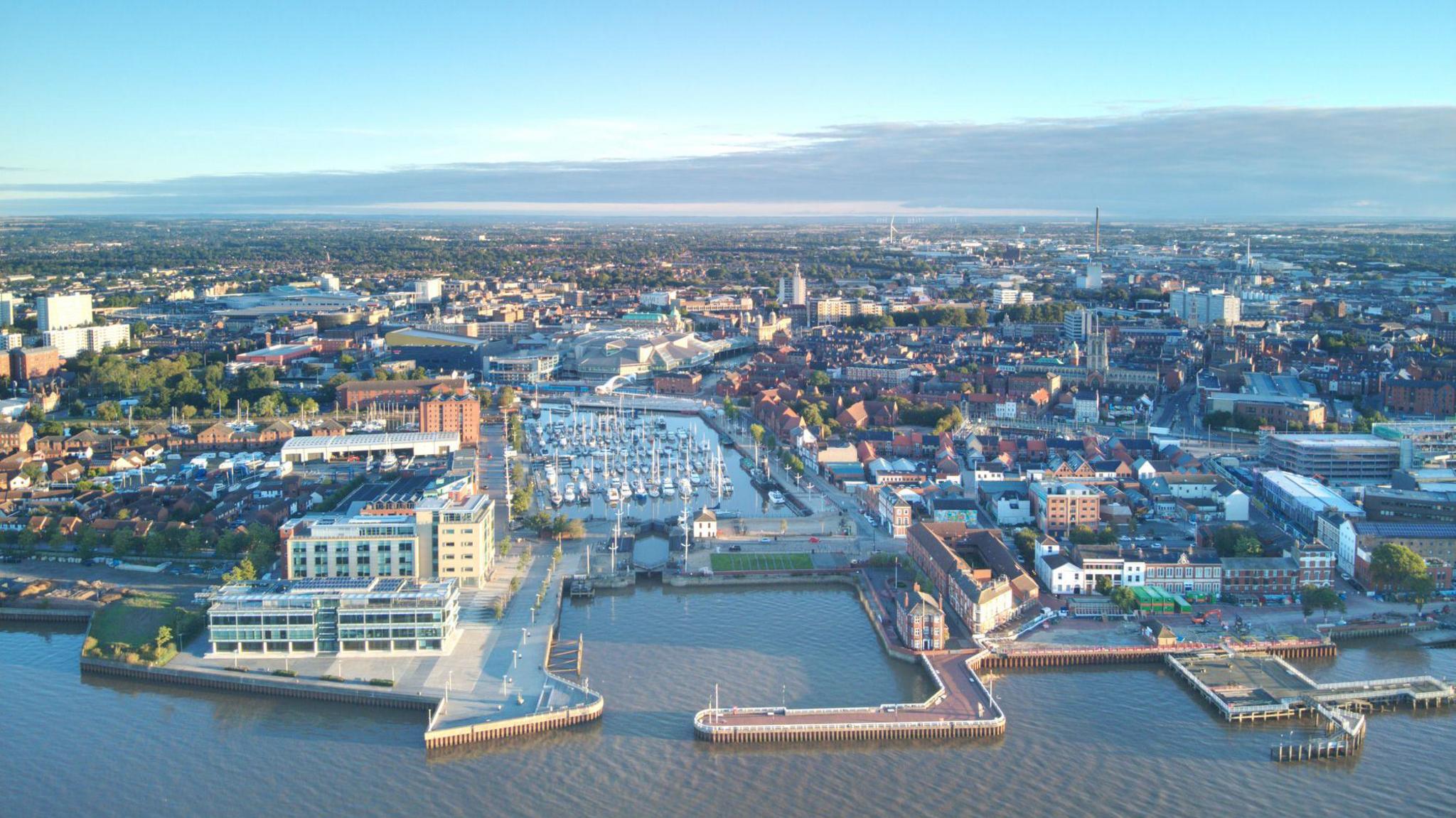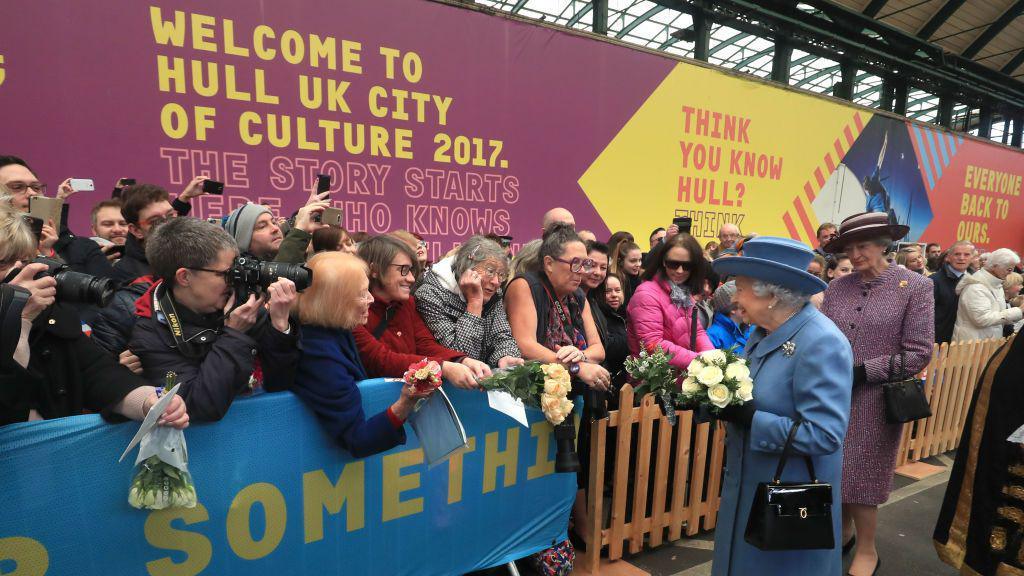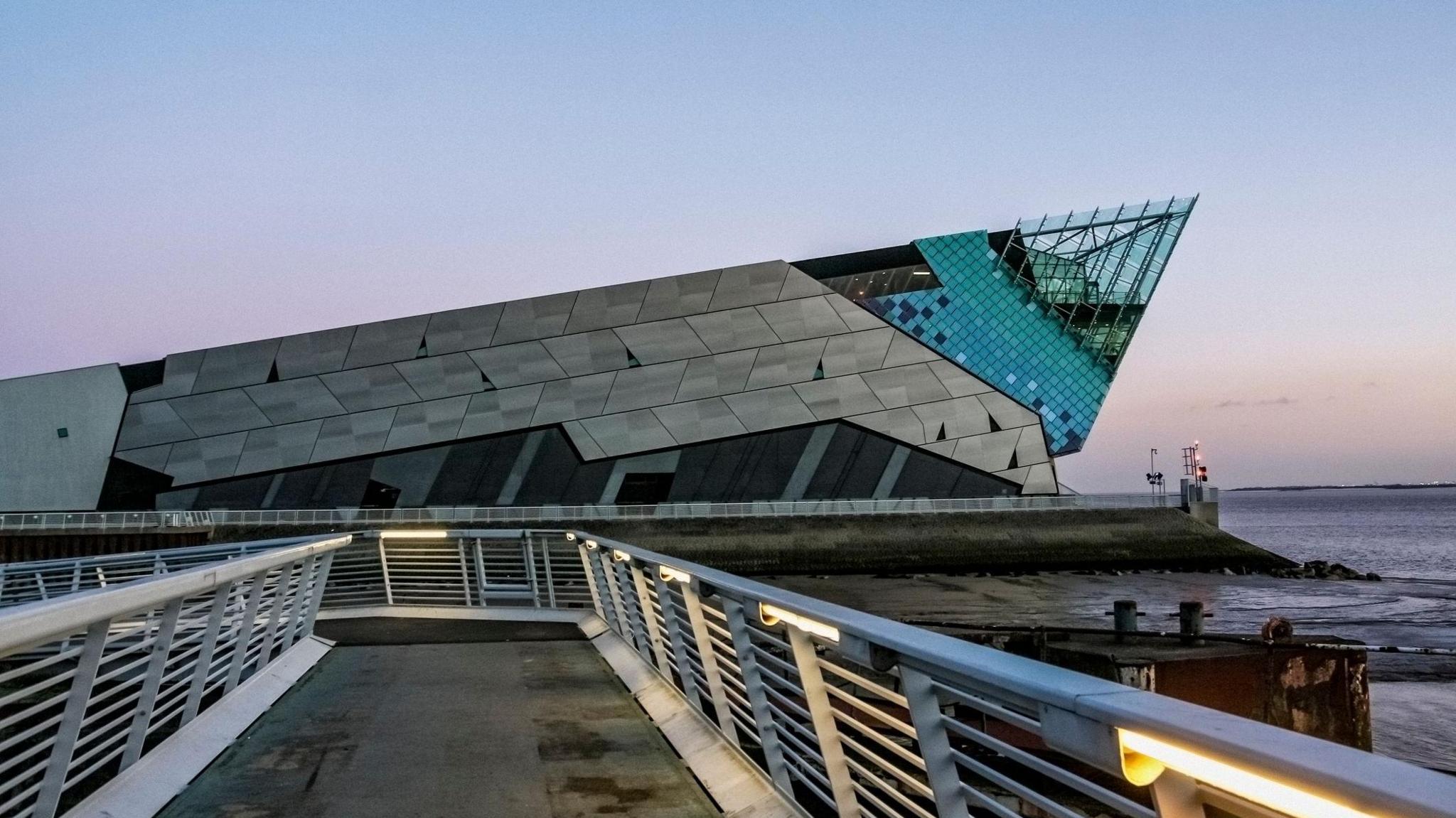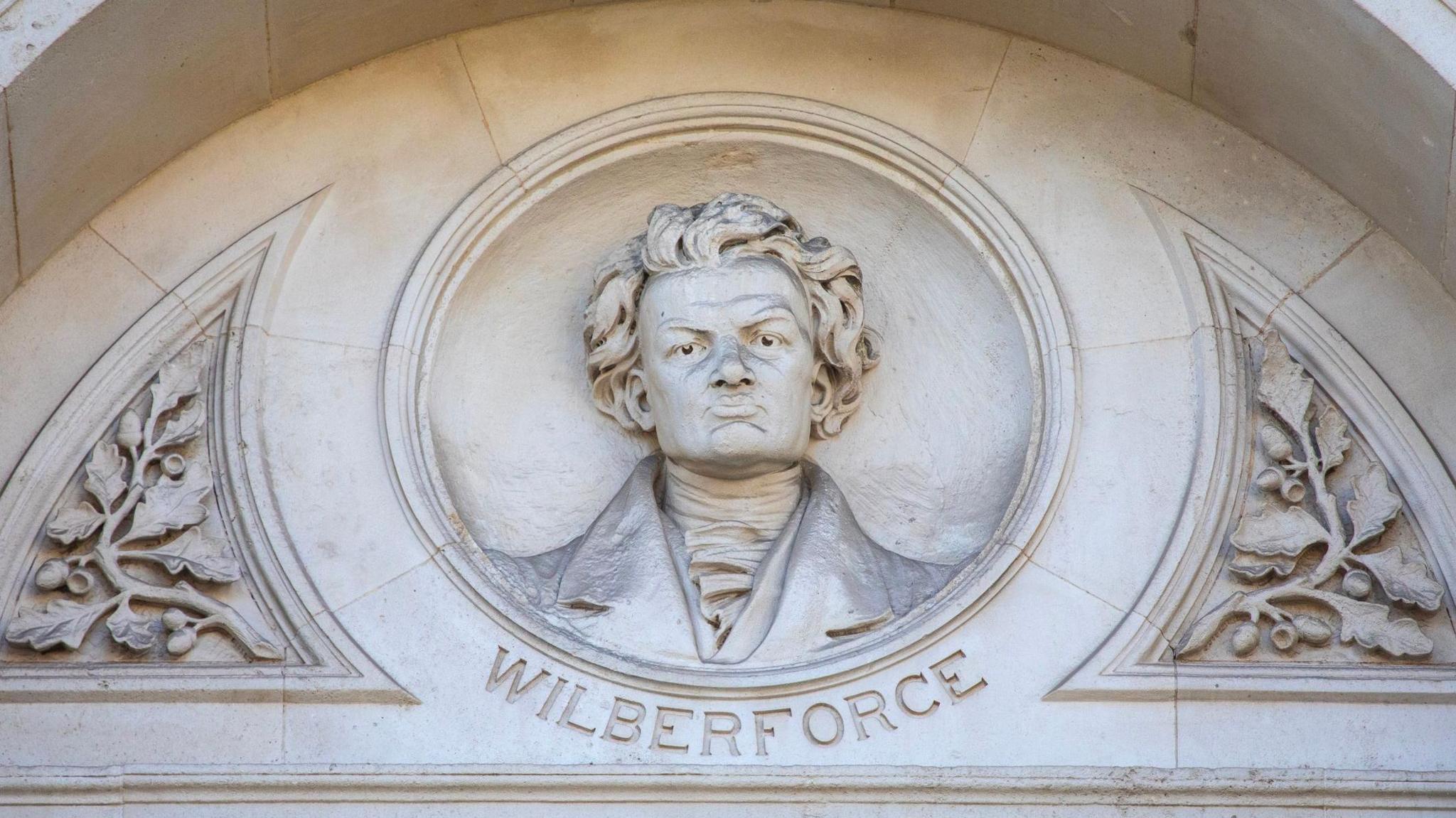How Hull has gone from zero to hero status in 20 years?

Have you been to the city of Hull before?
- Published
Hull has been named one of the top 25 global destinations to visit in 2026.
That's according to National Geographic's Best of the World list.
But the Yorkshire city hasn't always been so well thought of, and in 2003 even topped a list of 50 Worst Places to Live in the UK.
So what's changed in Hull to make it go from one of the 'worst places in the UK' to one of 'best of the world'?
Are you from Hull, or have you been to visit? Let us know what you think.
5 things you need to know about Hull
- Published20 November 2013
Why has the perception of Hull changed in the last 20 years?
Katie lives in Hull and has been showing us why it's so special
The worst city list made in 2003 was put together by members of the public putting forward their nominations.
One of thre reasons Hull was put in first place was the level of unemployment, as well as problems with crime.
But since then the city has had a lot of money spent on it which has helped to change its image.

Queen Elizabeth visited the city when it was the UK City of Culture in 2017
In 2017, Hull was named UK City of Culture, with thousands of events and millions of people travelling to East Yorkshire.
The program of art, music and drama attracted over £32 million in investment, adding around £89 million to the local economy, and creating jobs.
There was a significant increase in tourism, which gave Hull a great opportunity to show off what it has to offer.
Other transformations took place in the city, with the local parish church being given Minster status - recognising it's historical importance and contribution to their local communities.
What are some of the attractions in Hull?

The Deep Aquarium is one of Hull's most popular places to visit
As it's right next to the Humber Estuary, it's probably not surprising that Hull has a connection to the sea.
In fact one of the places the National Geographic suggests visiting is the Hull Maritime Museum to learn about it's shipping history.
Also recommended are historical ship Spurn Lightship and the Arctic Corsair – a former deep-sea trawler that helps tell the port city's story.
One of Hull's most recognisable building's is also water themed - its award-winning aquarium The Deep, which is home to over 5,000 animals.

Former MP for Hull William Wilberforce worked to help bring an end to the slave trade in the British empire, and is one of the most famous people to come from Hull
The city also has lots of other museums too!
At the Streetlife Museum you can step back in time and take a trip through 200 years of transport history.
Meanwhile at the Hands On Museum visitors have the chance to meet an Egyptian mummy, or even get a flavour of what life would be like as a Victorian.
One of the most famous people from Hull is William Wilberforce, who worked to help bring an end to the slave trade in the British empire.
Hull's oldest museum is dedicated to telling his story and the struggle against slavery.
Or if you don't fancy a museum, there's also Hull's Dinosaur Experience, East Park, or Hull Minster to add to your list.
